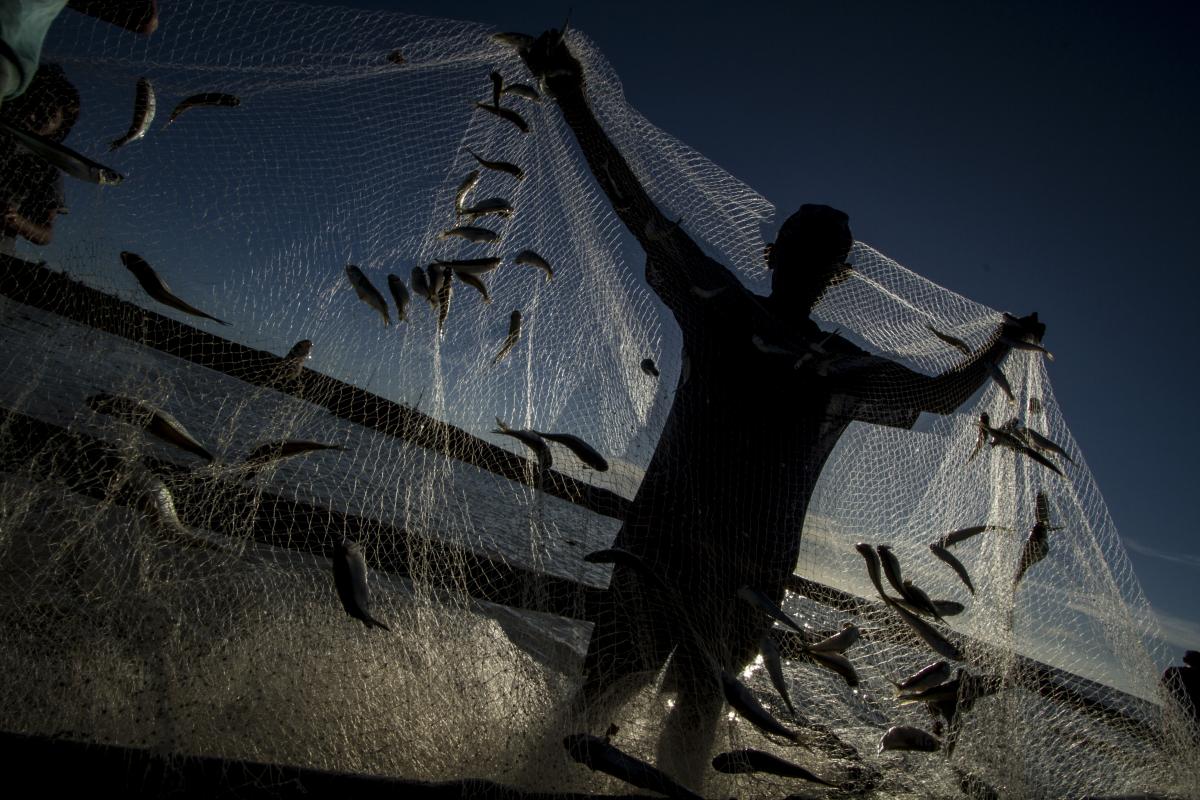Why the Philippines Needs a Sardines Management Framework Plan
Call for a Policy Formulation: Sardines National Management Framework Plan
Sardines are important fisheries resources in the Philippines with 380,000 tons total landings for the year 2015 (BAS, 2015). It is one of the cheapest seafood-source of protein for most Filipinos. The sardines industry is also an important economic driver providing jobs and livelihood, small scale entrepreneurs in the dried and smoked sector, and factory workers in the canning and bottling sectors. Ecologically, sardines are important part of the marine food chain being a major forage species of many predatory fish species, mammals, and cetaceans.
Given the significance of sardines to the Filipinos, it is imperative that these resources should be sufficiently managed for its harvests to be forever.
At present, closed seasons for the commercial fisheries sectors harvesting sardines during their spawning period are implemented in the Zamboanga Peninsula and the Visayan Sea, and part of Tañon Strait. However, these regulatory schemes still need significant improvement if we want sustainable sardines resources. The most ideal is for the Bureau of Fisheries and Aquatic Resources to initiate the creation of a Fisheries Management Framework Plan for the sardines resources and fisheries, as a roadmap for the whole country supported by all stakeholders like the industry, consumers, and the civil society.

Why a National Management Framework Plan?
Fisheries Management Framework Plans are an excellent way to organize the existing biological, economic, and social information about sardines. It is also an ideal platform to make sure that all present and future governance and management mechanisms are coordinated, and part of a cohesive framework. It also provides opportunities to set realistic goals for a fishery. Those who participate in a fishery can decide, for example, that their medium-term objective is to recover the population of the target species, maintain employment structure in a community, or achieve the maximum economic yield. Each one of these choices has its own implications, and presents trade-offs that are important to decide on collectively. A Management Framework Plan (MFPs) is a great opportunity to carry out and establish this process of consultations and participation. There is ample evidence that the fisheries with the best results are the ones that are governed through participative processes. Given the goals and objectives, the Fisheries Management Framework Plan for sardines allows for the creation of a framework for monitoring and evaluation of its progress for the sardines fisheries managers and users to have information for timely decisions to be made. Good FMPs are living documents, which contents are revised and adapted every so often, ideally 3-5 years.
We urge the Bureau of Fisheries and Aquatic Resources (BFAR) to take action now and adapt a Management Framework Plan for the Sardines in the Philippines.
